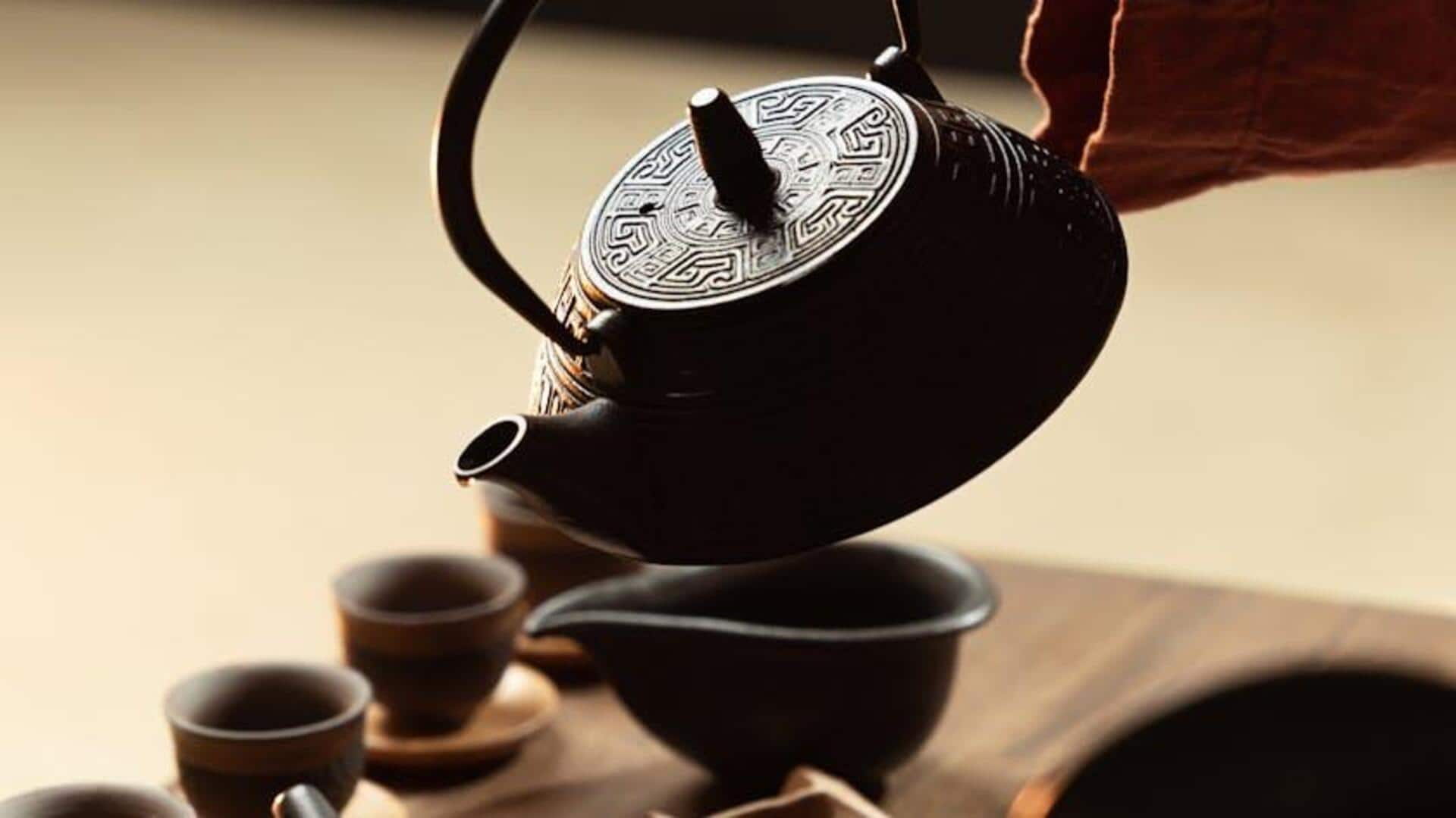
5 timeless aspects of Japanese tea ceremonies
What's the story
The traditional Japanese tea ceremony, commonly referred to as chanoyu or sado, is a cultural practice that has been perfected over the years. It isn't just about having tea but encompasses a set of rituals and aesthetics that embody the principles of harmony, respect, purity and tranquility. Here, we take a look at five timeless aspects of this revered tradition.
Simplicity
The art of simplicity
The Japanese tea ceremony is all about simplicity in everything. From the teahouse to the utensils, everything is selected for its simple elegance. The simplicity enables participants to appreciate the beauty in everyday things and moments. This principle promotes mindfulness and presence during the ceremony, deepening the connection with oneself and others.
Nature
Harmony with nature
Harmony with nature is at the heart of the tea ceremony. Natural settings like gardens or bamboo groves are often used to set a tranquil mood. The seasons are also mirrored in the choice of flowers and decorations in the teahouse. This bond with nature reminds the participants of their role in it and instills a sense of peace and balance.
Movements
Ritualized movements
Every movement in a tea ceremony is deliberate and ritualized. From preparing the tea to serving it, each action follows a precise sequence that has been passed down through generations. These movements are designed to be graceful yet efficient, embodying discipline and respect for tradition. Participants learn patience and attentiveness through these carefully choreographed actions.
Aesthetics
Aesthetic appreciation
Aesthetic appreciation plays an important role in Japanese tea ceremonies. Utensils like bowls or whisks are chosen for their craftsmanship, not extravagance or costliness. They often display subtle imperfections which add character—a concept called wabi-sabi. This appreciation goes beyond things themselves. It includes how they interact within space. It sets an environment where beauty can be found even amidst simplicity.
Reflection
Spiritual reflection
Spiritual reflection forms another key aspect during these ceremonies. Participants engage not only physically but mentally also by contemplating life's impermanence while savoring each sip mindfully without distraction.